Comic books are an amalgamation of paper, ink and metal. While the paper and ink make up the pages that we all enjoy, the staples are made from thin metal wire cut into rods and then driven through the cover and interior papers of the book before they are folded over at the centerfold.
Under high humidity, paper and ink can age and turn brown and brittle. With time, staples will rust and the rust will affect the comic page, eventually disintegrating the paper around (and next to) the staples. When this oxidation occurs, and before it becomes worse, a book might have its staples restored – either through cleaning or outright replacement.
Detection of any restoration should begin with an examination of the spine of the cover. When staples are removed (for cleaning) or replaced, the holes in the cover will typically suffer some damage becoming larger and the cover, in turn, will be looser. Since the driving force when a book is manufactured is towards the centerfold, look for small flaps of paper that are not completely tucked into the book but instead stick up as if the staple was, at one time, pushed out (which is what happens when you remove a staple).
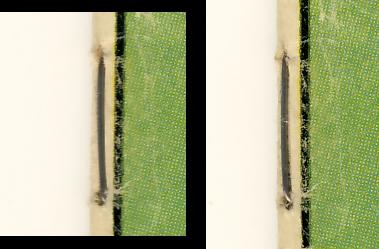
Staples that have been cleaned will look bright and shiny and perhaps thinner than normal (as severely corroded staples will have little actual metal left and once cleaned, they can become quite weak). There might also be some tell-tale black staining or rust-coloured stains (orange) around the staple holes indicating corrosion. If the staple has been cleaned (or replaced) this staining will certainly look out of place and is a strong indication that the staple has been tampered with.
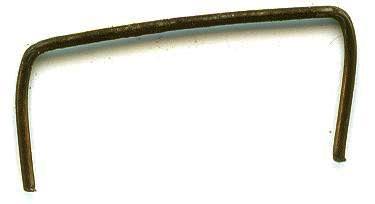
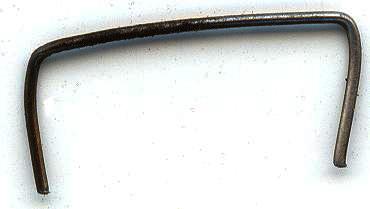
Turning to the interior of the book (presuming the book hasn’t been slabbed), the staple posts at the centerfold and the paper around them can reveal quite a lot of information. The manipulation of staple posts can leave some visible signs both on the metal of the staple and on the paper sheet as any metallic instruments used to bend the posts will scratch them, but this type of damage is very difficult to detect without some form of magnification.

Once the staples are bent out of original position, it is very difficult to bend them back into their exact original position. By examining the centerfold, you should notice faint indentations that will have been made during the original manufacturing process. These are from the posts actually imprinting into the paper, documenting the original placement of the staple posts. If a staple has been removed (or replaced) the staple posts will rarely be in the exact same position, and the holes at the centerfold will rarely be as neat as they originally were.
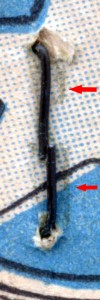

More next time.

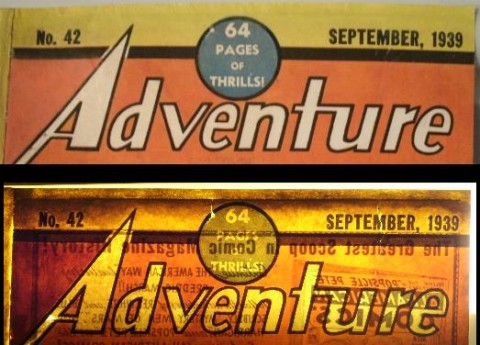
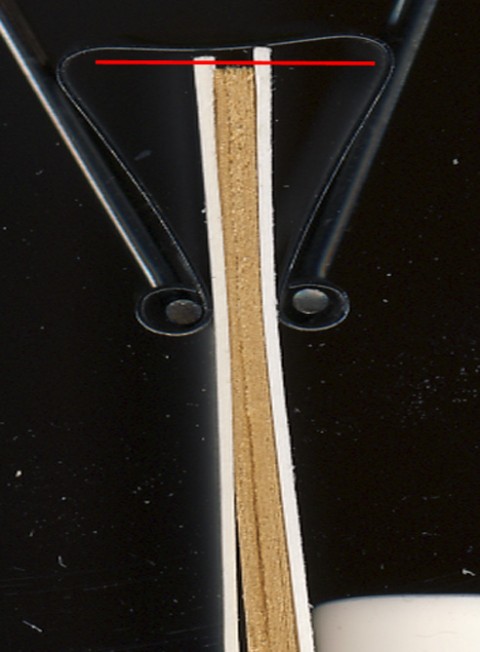
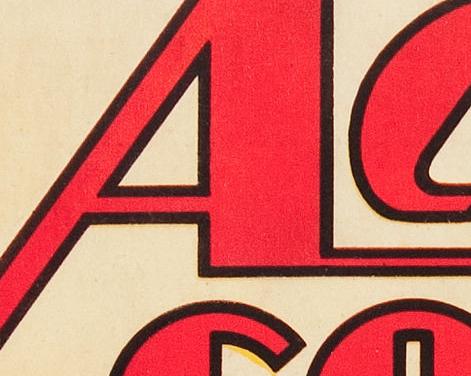
Great article once again.
i have definitely seen this .. in a number of books, that were tried to be passed off as unrestored.
Once again, an invaluable article to collectors and appraisers. Thank you Tracey.
Tracey, would you be so kind to address the issue of use of least damaging light ,sorting thru all these new light bulbs,etc etc. Thank you.
I sure can. I’ll do it for a future article! Thanks for the request!
4.5